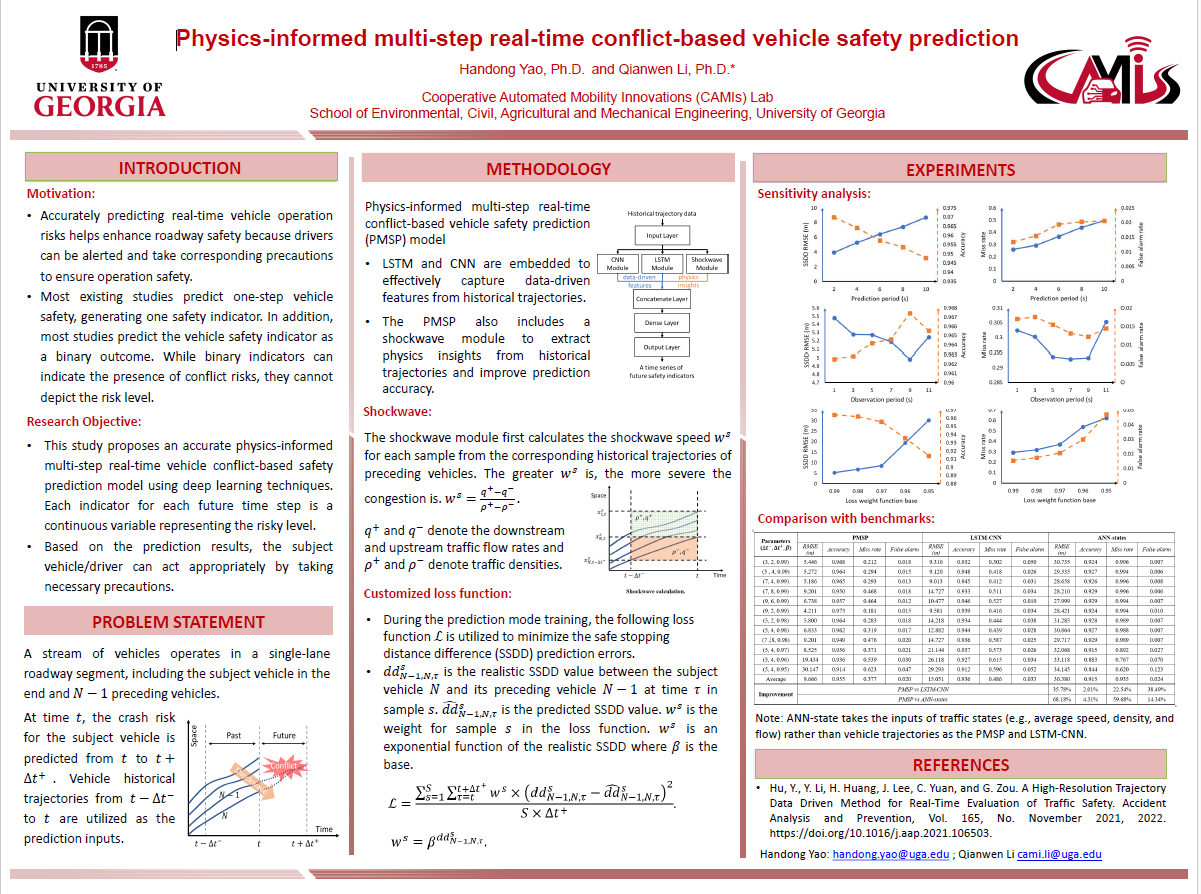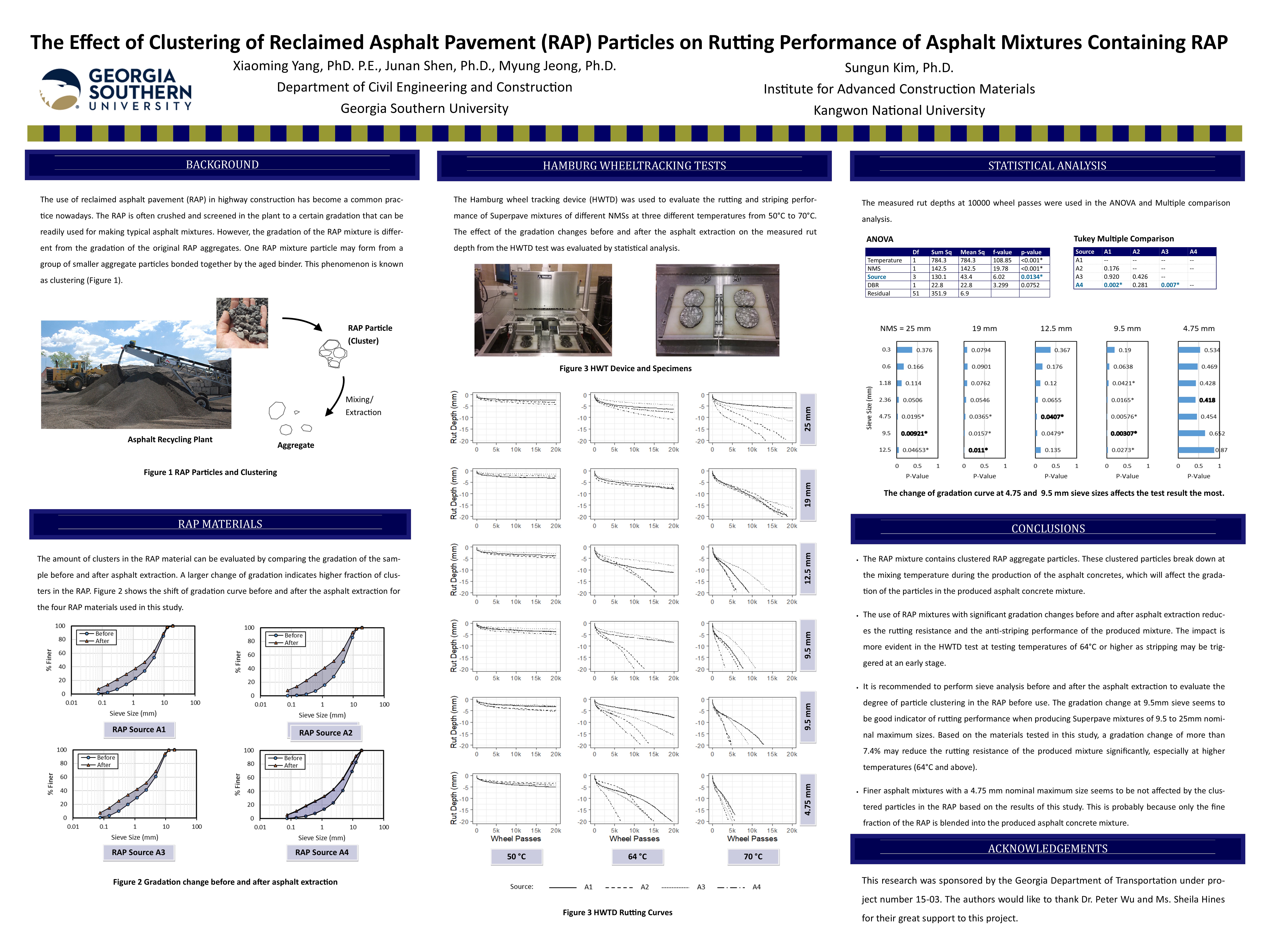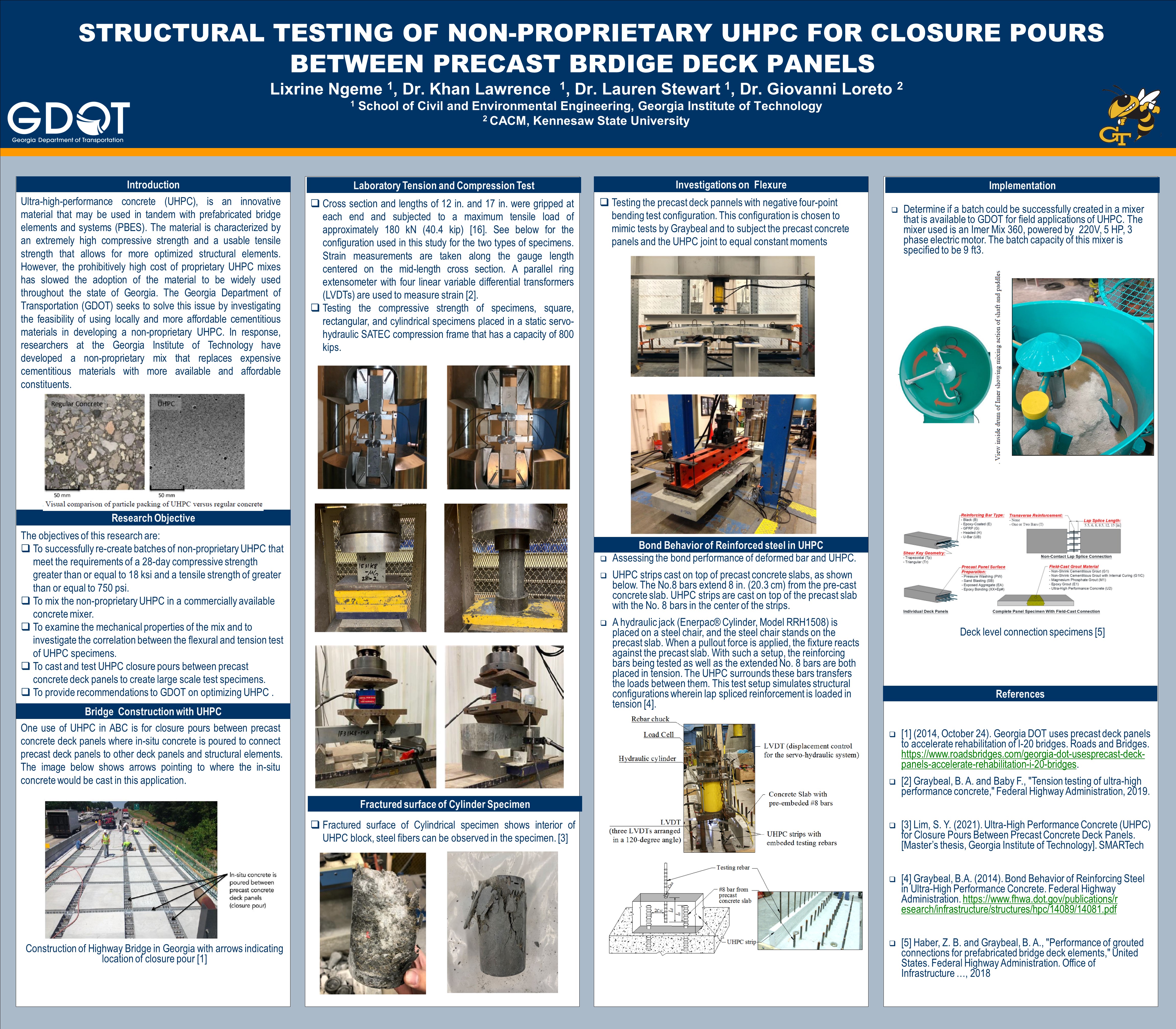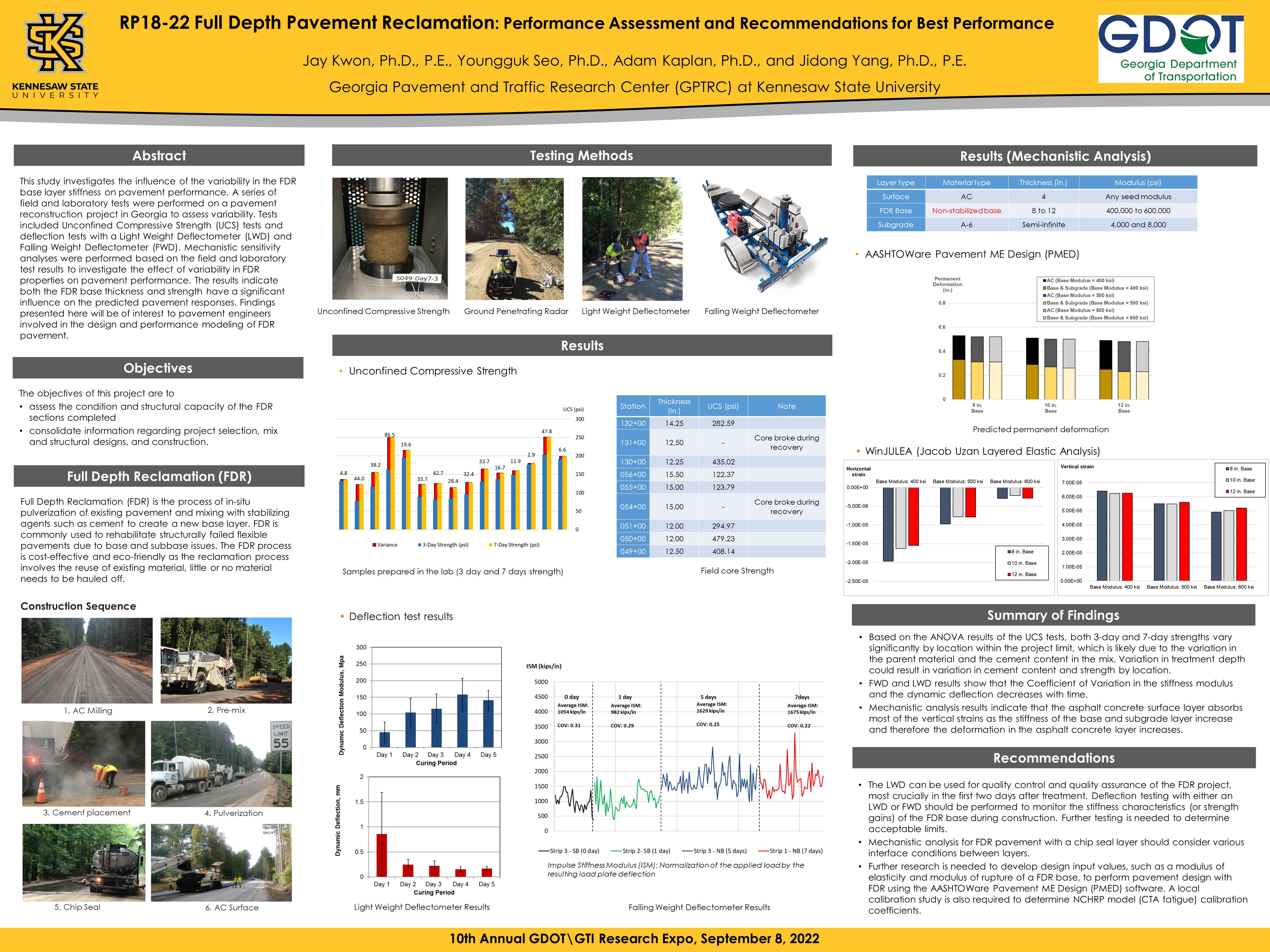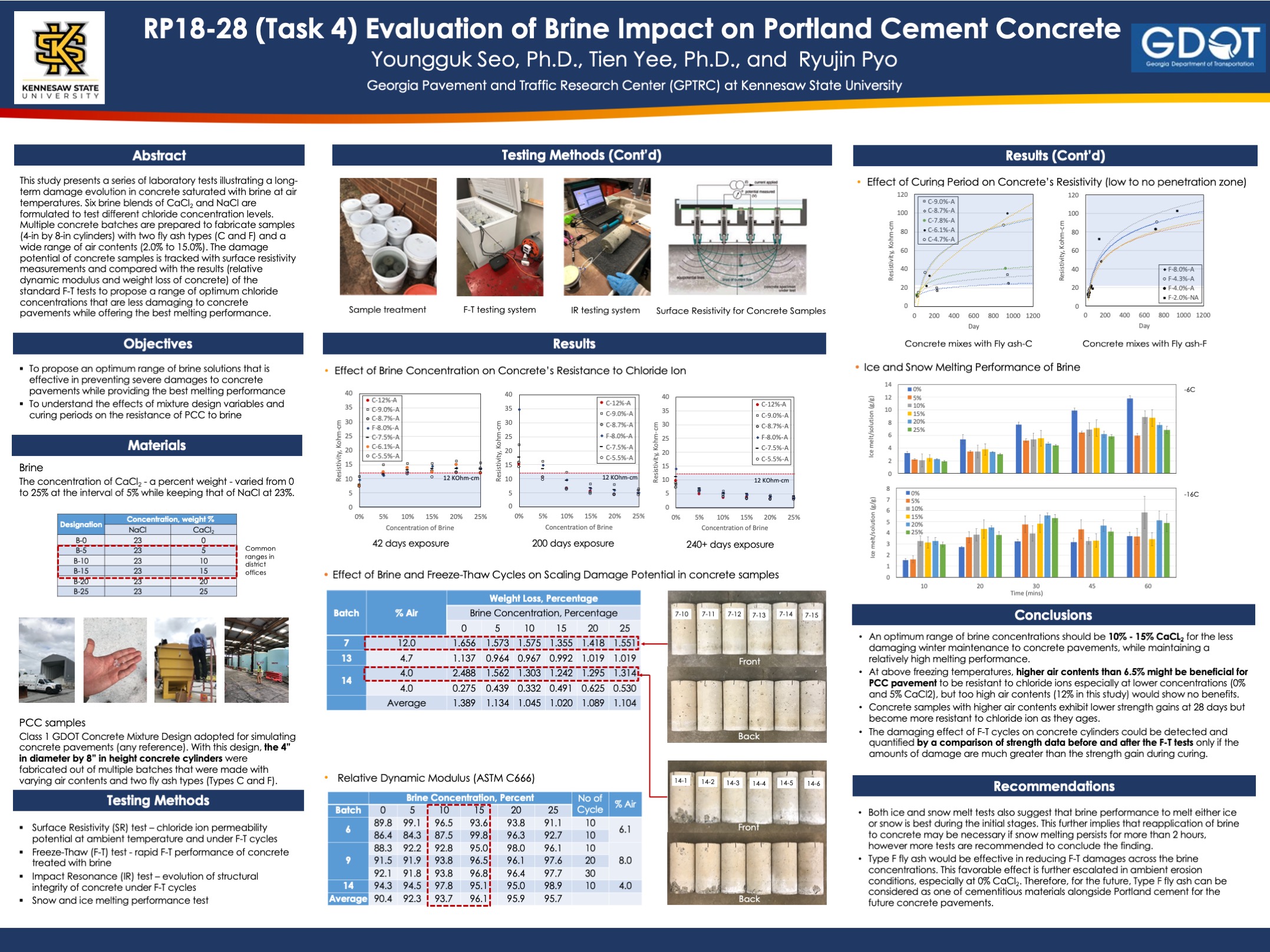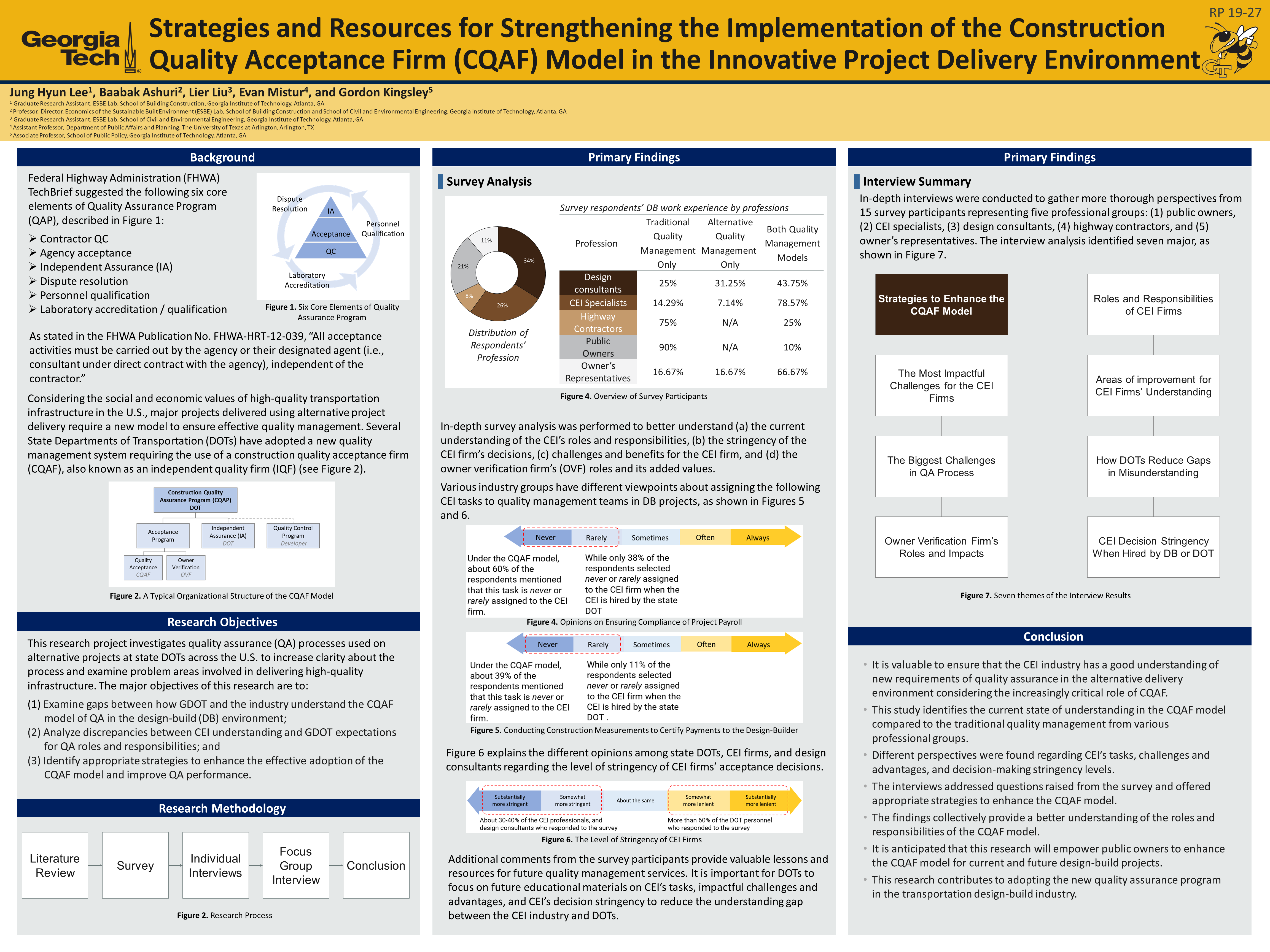5.9GHZ INTERFERENCE RESILIENCY FOR CONNECTED VEHICLE INFRASTRUCTURE
PI: Billy Kihei
Co-PI(s):
Institution(s): Kennesaw State University
Abstract
Currently, there are not enough Wi-Fi devices operating around U-NII-4 Channels 180 to 184 to understand the impact to Connected Vehicle (CV) applications. Therefore, further research is needed to deploy a density of real-world devices in the field to understand the impact of: Co-channel interference (within the 5.9GHz Safety Band), Adjacent channel interference (above and below the 5.9GHz Safety Band). Studies to date do not consider a saturation of real-world interference devices in the unlicensed Wi-Fi bands below and above the 5.9GHz Intelligent Transportation Systems (ITS) safety band. This is due to an unavailability of consumer Wi-Fi devices in the lower 40MHz of the previous 5.9GHz Dedicated Short Range Communications (DSRC) spectrum, and a low penetration of consumer Wi-Fi devices in the new Wi-Fi 6E spectrum. The objective of this project is to assess the resiliency of CV applications to interference by reporting real-world CV performance and develop methods for detecting and mitigating interference with GDOT deployed CV devices.

Please comment below with any statements or questions you may have. Also let GTI if you would be interested webinars or presentations on similar topics.



